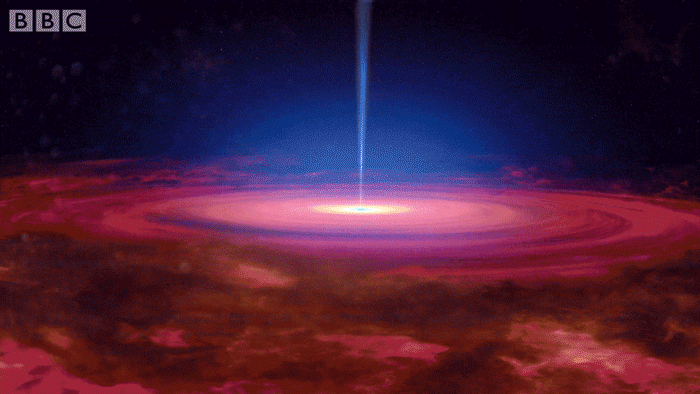| |

Binding molecule.
When atomic nuclei are bound together, creating a
network of bonds is created which forms a molecule.
There are two particles that are stable at rest (an
electron and a proton) they have many properties to
trap, but there are also some properties that are
different, you can see more about it in the middle
section (Mass formation).
The proton also called
hydrogen H1, has its mass stabilization c2 and is part
of the structure of the nuclear nucleus and in
molar bonds.
The electron has its mass stabilization
c. The mass stabilization means it is locked and it does
not form part of any bonds.
I use the term for it;
that it is the ghost particle of the universe.
There is only one way a molecule can be
formed;
It is the mass attraction of the
atomic nucleus that tries to contract the molecule and
it is the atomic nucleus radiation system that tries to
push the molecule apart.
The common term is the black
body radiation pressure and used in astronomy, such as
the Sun. Radiation pressure in molecules looks a little
more complicated but that's just a challenge.
The strongest links come first and the weak ones
eventually.
We get the following order:
Chemical bonding
Molebinding Step 1 (Plastic and
equivalent products)
Molecular binding step 2 (bio
molecule parts and the like)
Molecular binding step 3
(weakest link; molecular composition, such as viruses,
bacteria and bodies that can mutate, these linkages are
thermally weak).
Like the nucleus of the atom, we
also have sub-molecules here, because the stabilization
points oscillate above the balance point and sometimes
form in a form that enzymes use as molecular structures
to separate other molecules.
After this, there are no
more possible bonding options.
I am currently working on developing the classic principal physics and nuclear
structure.
Molecular bonds is about computer simulated models, with some programming work. I therefore have to set priorities.
I do not have resources for this development work so far
I Would like to give an explanation of how it can be done.
There is a huge potential in molecular bonds. You will have knowledge of the exact coordinates set for each atomic nucleus
and the strong and weak individual link between the individual cores, and how the whole molecule affects its environments and total control
of all chemical molecule compounds.
You should be aware that when you work in and around the atomic nucleus
it is very large forces acting between the cores, but it
can be very small margins that decides the outcome, so
be careful with accuracy.
I would not recommend it
work in joule, but use of mass formula set instead
can be downloaded here.
Mass is a much simpler way to manage energy levels and makes
the programming work much easier.
Mass Appeal
I show the standard formula for mass attraction
The standard formula mx = (V x
x c 2 ) / V
Where V is the spacer variable
and (Vx x c2) is the atom nucleus
mass,
mx
is the mass attraction from the core of the atom at a given distance.
Vx
is the atomic nucleus volume, the formulas
can be found here
The total mass attraction between the two atomic nuclei
is the sum of Mass1 + Mass2
mTotal = mM1 + mM2
The unknown factor in this calculation is the distance
between the two nuclei and this you need to download in a calculation based
on the mole mass.
Mass attraction is not thermally dependent and is,
therefore,a constant of the distance between two cores
You now have the force that pulls together the atomic nuclei, which is the same as trying to bump them off.

repulsion
The radiation pressure is directionally between the two
nuclei
It will take a very long time before it is
possible to calculate the radiation pressure from the
nuclei precisely, it will also be a clumsy way to do it.
Unlike mass attraction, the radiation
pressure is temperature dependent, and a calibration is
needed to set the parametersize, use the molar mass for it.
In addition the molemass volum and mass, the temperature you use be in Kelvin, you must also
Correct for the pressure, an ATM. = (9.8) 2 m or form
zero point at an atm.
programming
Once you have completed this, you have a complete
set of formulas and you are ready to make your first molecule simulator.
The electrons in the molecule have a slight influence on how the bond will proceed and should in the first instance be omitted.
Make the
program so that in the initial phase there is a great distance between
the atomic nuclei and let the program slowly pull them together.
The
program shall simulate all the links as shown in fig.23a. When all links have
the same force each other your molecule is finished.

|  |

The
Universe.
Classic
big bang.
Mass
formation.
Atom
structure.
Molecular
binding.
Particle
radiation







|